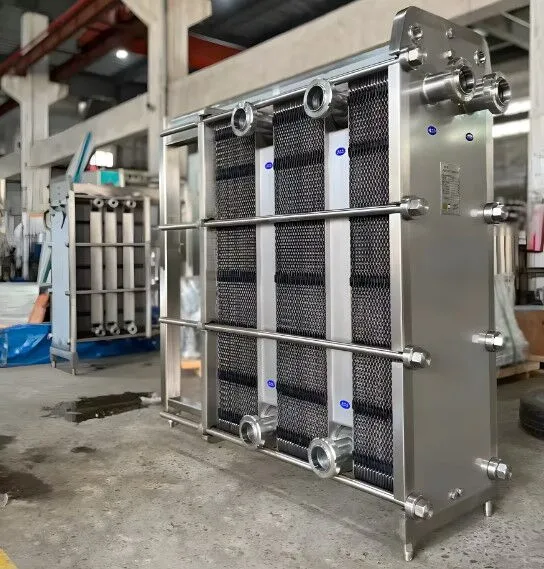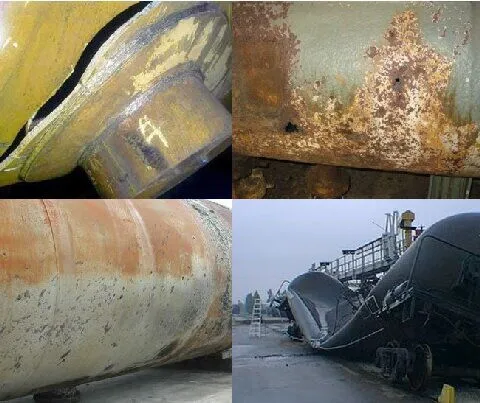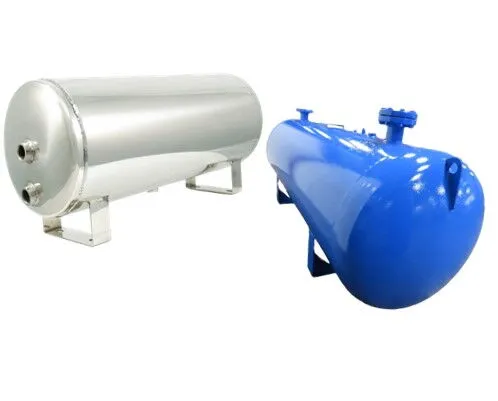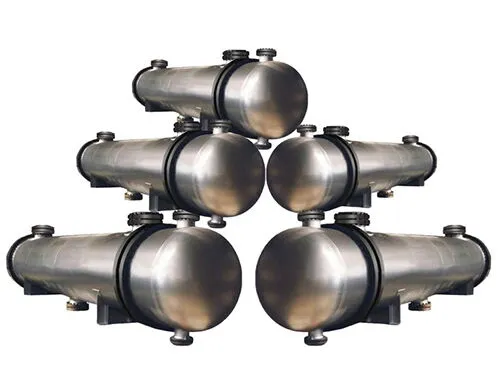How to Reduce the Impact of Scaling on Plate Heat Exchangers
Plate heat exchangers play a crucial role in industrial and commercial applications, where their efficient heat transfer capabilities are essential for overall system performance. However, long-term scaling can significantly affect these devices. The accumulation of scale not only reduces the heat exchange efficiency but may also lead to several issues, including decreased equipment safety, shorter lifespan, increased health risks, and material corrosion. Understanding these potential impacts...












